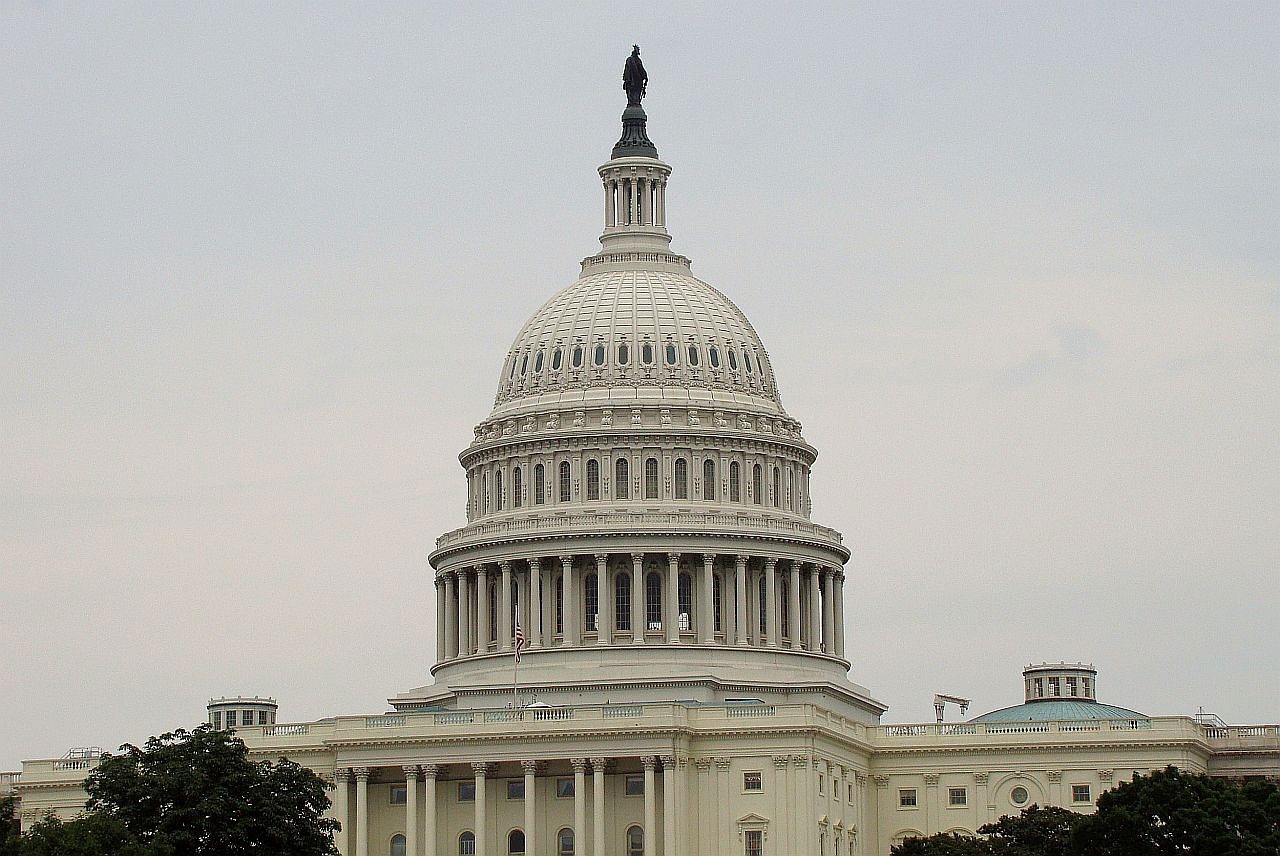
14 Nov How to Handle Employee Requests for Time Off to Vote
Did you know: There is no federal law that provides employees leave to vote, leaving it up to individual states to enact their own employee voting leave rights. Read this blog post to learn more.
Many employees will be eligible to cast their ballot on Nov. 6, but will they have time to vote? Some states require employers to give workers time off to vote, and even in states that don’t, some businesses are finding other ways to get employees to the polls.
With Election Day around the corner, employers should be mindful that, while no federal law provides employees leave to vote, many states have enacted laws in this area, said Marilyn Clark, an attorney with Dorsey & Whitney in Minneapolis. Depending on the state, employers may have to give workers notice about their voting rights and provide paid or unpaid time off to vote.
Even in states where there is no voting leave law, it is good practice to let employees take up to two hours of paid time off to vote if there isn’t enough time for the employee to vote outside of working hours. “Encouraging and not discouraging employees should be the general rule,” said Robert Nobile, an attorney with Seyfarth Shaw in New York City.
Encourage Employees
“Here in the United States, too many people don’t vote because they don’t have time due to jobs, child care and other responsibilities,” said Donna Norton, executive vice president of MomsRising, an organization of more than 1 million mothers and their families. “Getting to the polls can be especially challenging for people in rural communities [or] single-parent households, and those who are juggling multiple jobs.”
About 4 in 10 eligible voters did not vote in the 2016 presidential election, according to research conducted by Nonprofit VOTE and the U.S. Elections Project. And voter turnout has been historically lower for midterm elections, such as this year’s, which are held near the midpoint of a president’s four-year term, according to Pew Research Center.
“Businesses can help solve this problem by making sure that all employees have paid time off to vote,” Norton said.
Some employers are offering solutions by making Election Day a corporate holiday, offering a few hours of paid time off for employees to vote and giving employees information about early and absentee voting, according to TheWashington Post.
Giving employees time off to participate in civic or community activities tends to improve worker performance, said Katina Sawyer, Ph.D., an assistant professor of management at George Washington University. Employers who are offering paid time off to vote will likely reap the benefits through improved employee attitudes and performance.
Know the Law
Employers in states with voting-leave laws should be familiar with the specific requirements, as some state laws have a lot of details. Even in states without such laws on the books, employers should check to see if there are any local voting leave ordinances in their cities.
Employers required to give workers time off to vote should plan for adequate work coverage to ensure that all employees can take time off, Clark said.
In many states, the employer may ask workers to give advance notice if they need time off and may require that workers take that leave at a specific time of the workday. In some states where leave is paid, employers might have the right to ask employees to prove they actually voted. Most states prohibit employers from disciplining or firing an employee who takes time off from work to vote.
“Ultimately, fostering an environment that generally encourages employees to exercise this important right is a good practice to mitigate the risk of a potential retaliation claim,” Clark said.
Although state laws vary, “the general theme across the U.S. with respect to voting laws is that employees will be given time off to vote if there is insufficient time between the time the polls open and close within the state and the time employees start and finish work,” Nobile said. “Typically, two to three consecutive nonworking hours between the opening and closing of the polls is deemed sufficient.”
Some state laws provide unpaid leave to vote or do not address whether the leave must be paid. Oregon and Washington no longer have voting leave laws because they are “vote-by-mail” states.

In some states, such as California and New York, employers must post notices in the workplace before Election Day to inform employees of their rights. Employers might have to pay penalties if they don’t comply.
The consequences for denying employees their voting rights can be harsh, with some states even imposing criminal penalties, Clark noted.
Create a Policy
At a minimum, employers should adopt a policy spelling out the voting rights available to employees under applicable laws, Clark said. For businesses that operate in states that don’t have a voting-leave law, employers may still wish to adopt a policy outlining their expectations about time off for voting.
Multistate employers may elect to adopt a single policy that includes the most employee-friendly provisions of the state and local laws that cover them. “By taking this approach, employers avoid the administrative burden of adopting and promulgating multiple policies for employees working in different locales,” Clark said. All voting-leave policies should be sure to include strong anti-retaliation provisions, which make clear that the employer will not take any adverse action against employees for exercising their voting rights.
“It’s important to remember that the law sets the floor,” said Bryan Stillwagon, an attorney with Sherman & Howard in Atlanta. “Companies with the happiest and most-engaged employees recognize that positive morale comes from doing more than what is required.”
Nagele-Piazza, L. (29 October 2018) “How to Handle Employee Request for Time Off to Vote” (Web Blog Post). Retrieved from https://www.shrm.org/ResourcesAndTools/legal-and-compliance/state-and-local-updates/Pages/How-to-Handle-Employee-Requests-for-Time-Off-to-Vote.aspx
Dana Wilkie contributed to this article.






